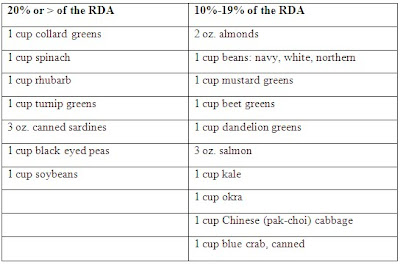 Many of you have probably heard of or seen the 2004 documentary Supersize Me with Morgan Spurlock’s attempt to demonstrate the negative effects of fast food on our bodies. Using himself as a test subject, for 30 days he followed a McDonalds’ only diet. As a student studying nutrition at the time and recently breaking it off with McDonalds and similar venues, I was fascinated and somewhat pleased at the idea that this corporation was getting the criticism it deserved.
Many of you have probably heard of or seen the 2004 documentary Supersize Me with Morgan Spurlock’s attempt to demonstrate the negative effects of fast food on our bodies. Using himself as a test subject, for 30 days he followed a McDonalds’ only diet. As a student studying nutrition at the time and recently breaking it off with McDonalds and similar venues, I was fascinated and somewhat pleased at the idea that this corporation was getting the criticism it deserved.Recently, I watched the antithesis to this film, Fat Head in which Tom Naughton sets out to contradict every point Supersize Me demonstrated. Naughton consumed a diet almost completely consisting of fast food for 30 days, throwing caution to the wind when it came to saturated fat but limiting his caloric intake and increasing his exercise. At the end of a very entertaining tale, he actually lost weight, improved his cholesterol, and lowered his body fat. With the help of doctors, he attempted to dispel every formally held belief about health, fast food and most importantly, the obesity epidemic.
In an attempt to prove completely opposite points, both of these movies took extreme measures and each brings up several questions and points of criticism. Perhaps Naughton’s weight loss and improved blood markers are actually a result of exercise. We don’t have an idea of what his diet was like before, so maybe this was an improvement. Even though he lowered his cholesterol and weight, does this mean he is now healthy or do we need better assessments for measuring health?
As for Spurlock, does every obese person actually eat McDonalds everyday, all day long? Are McDonalds and fast-food corporations really the faces and culprits of obesity? For the sake of your attention, I won’t go on any longer, but with the constant contradictions of health news and conflicting studies, I can understand why it may make someone unsubscribe to the traditional principles of healthy eating.
The point is, there is a lot that we don’t know, but rest assured, there is a common formula for good health that won’t go out of style. Staying within a reasonable amount of calories and exercising, eating fresh, whole foods that are not ridiculously processed and staying close to things found in nature is a solid health approach that will not be contradicted by the latest research study. If it is, we should look at those studies with a more critical eye.
The obesity epidemic is a multifaceted problem and a perfect storm of genetics, environment, psychology, nutrition and exercise and focusing on only one aspect of the problem is not going to lead to a resolution. If you haven’t seen either film, I recommend them. They are funny, entertaining, and educational but should be taken with a grain of salt (pun intended).


